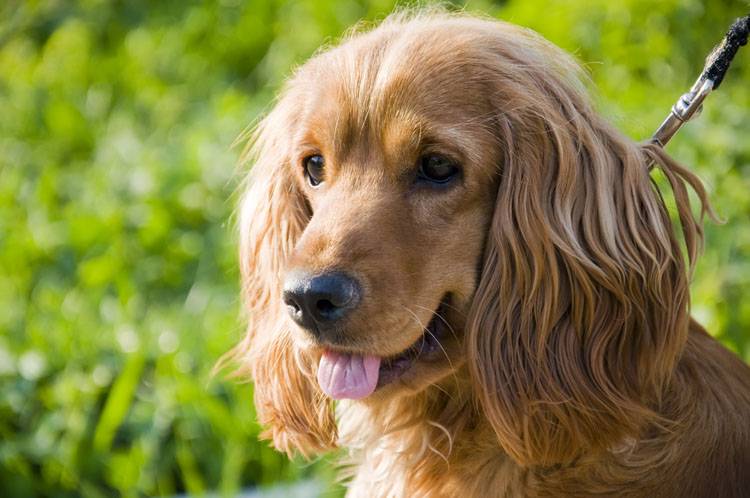The Truth About Clipping a Dog’s Coat
By Kami Kaminski
With summer in full swing, dog groomers are bombarded with Huskies, Saint Bernards, Chow Chows and other double- or heavy-coated dogs coming in for a summer cut. Before you rush your Golden Retriever into the salon for a haircut, you should stop and think about what clipping a coat really does. To many dog owners’ surprise, cutting a double-coated dog actually causes more damage than good. In order to understand the damage, you must first know the fundamentals of a dog’s coat and its purposes.
Not All Dogs Need Clipping
Dog breeds, such as the Yorkshire Terrier and Maltese, have hair rather than fur and can be clipped as their owners prefer. However, breeds like German Shepherds and Labradors have fur and should not be clipped at all.
Removing Fur Leads to Exposure
Dogs with fur have two different parts to their coat: the guard coat and undercoat. The guard coat is the rough, thicker outer layer of fur that protects the dog’s skin from extreme weather conditions. The undercoat is the soft, fluffy fur that sits under the guard coat and helps keep their bodies insulated during the summer and winter.
When fur is clipped, its natural protection is removed, leaving the skin exposed to harsh elements. Exposed skin can lead to skin irritations, chewing, sunburns and even skin cancer. In addition, removing the insulation could lead to overheating, which can be life-threatening if not treated right away.
Dog Coats Don’t Always Grow Back the Same
Most dog owners also figure their dog’s coat will grow back as it always had. However, this is not always the case. The more fur that is clipped—especially with older dogs—the less likely the guard coat will grow back in as it once did. While the undercoat will typically grow back as expected, the guard coat will grow back patchy and uneven, which will leave your dog with a scruffy, frizzy or undesirable appearance.
It Doesn’t Help With Heat or Shedding
Clipping fur doesn’t help with the heat or shedding. Instead, it can destroy your dog’s coat permanently and cause more discomfort. Your dog’s natural guard coat and undercoat have a purpose in helping to regulate his body temperature and protect him from severe weather conditions. In order to keep your dog’s coat healthy and strong, proper grooming tasks are necessary.
A well-educated and experienced groomer will know the difference between fur and hair, and can help you make the right decision. It is the dog groomer’s responsibility to educate clients on proper grooming procedures for specific breeds.





